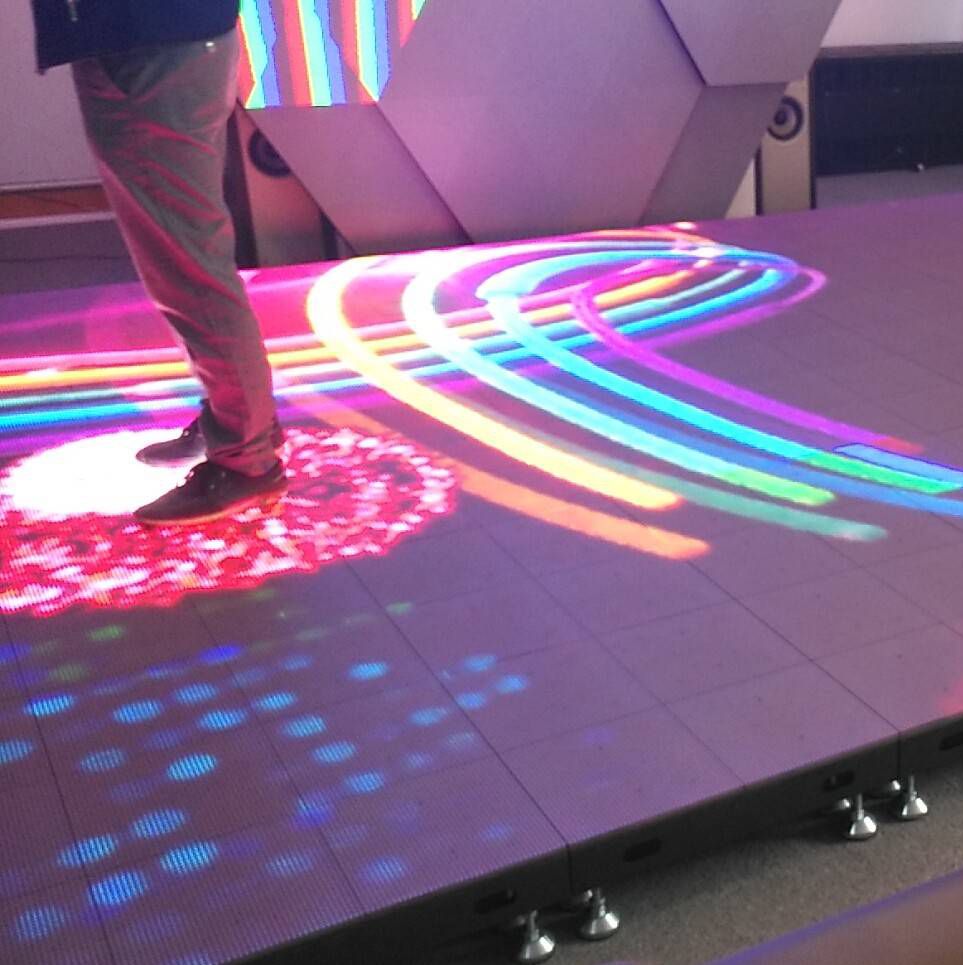With the continuous development of technology, LED display shows a trend of diversification in the field of subdivision. On the other hand, in the AV audio-visual field, an immersive wind swept by, for example, projection manufacturers are actively building this kind of all
With the continuous development of technology, LED display shows a trend of diversification in the field of subdivision. On the other hand, in the field of AV audio-visual, an “immersion” wind is sweeping. For example, projection manufacturers are actively creating this new experience mode based on all inclusive pictures. For a time, “immersion restaurant”, “immersion wedding” and so on, the popularity and attention is increasing. What we are going to say today is what kind of assistance can the collision of LED display and immersive experience provide for the development of education industry?
In fact, immersive experience based on LED display technology is nothing new. In recent years, many display technology exhibitions at home and abroad, it is not difficult to see the immersive scene created by LED display. This kind of construction usually uses LED floor tile screen with high durability on the ground, while different specifications of LED display screen are suitable for the wall and even the ceiling. When the viewer is in the picture completely surrounded by the screen, it will produce a realistic experience.
So, what is the application significance of this technology for our education?
In museums, planetariums, science and technology museums and other venues with important educational significance for young children, this kind of vivid experience can more effectively help children understand relevant knowledge, deepen relevant impression, and achieve better educational effect.
For example, at the Kennedy Space Center in Florida, the visitor center uses LED displays to create an immersive experience. Among them, visitors can simulate the weightlessness training of astronauts and experience being in outer space wearing spacesuits. This unique experience can leave a very deep impression on the children, and help to enlighten the young people’s curiosity to explore Aerospace knowledge.
Similarly, there are some special “exhibits” in many museums. For example, in order to help visitors experience the exquisite murals, some exhibitions with Dunhuang murals as the theme have adopted this kind of immersive experience; In order to help visitors get a glimpse of the grand momentum of ancient buildings, some exhibitions of ancient relics “reproduce” the ancient buildings in those years by immersive experience. By “restoring” these precious cultural relics that are not easy to move or no longer exist, we can “truly” present the cultural relics that only exist in static pictures and text materials, and even imagined cultural relics, which can also further deepen the children’s impression of visiting.
In fact, the application of immersive experience is far from limited to these ways. By carrying a variety of biometric technologies, as well as AR, VR and other technologies, a variety of human-computer interaction functions can be added, which can not only increase the interest of the experience, but also realize more experience functions. It can be imagined that with the development of deep education applications, the participation of LED display in the education industry will continue to improve in the future.
